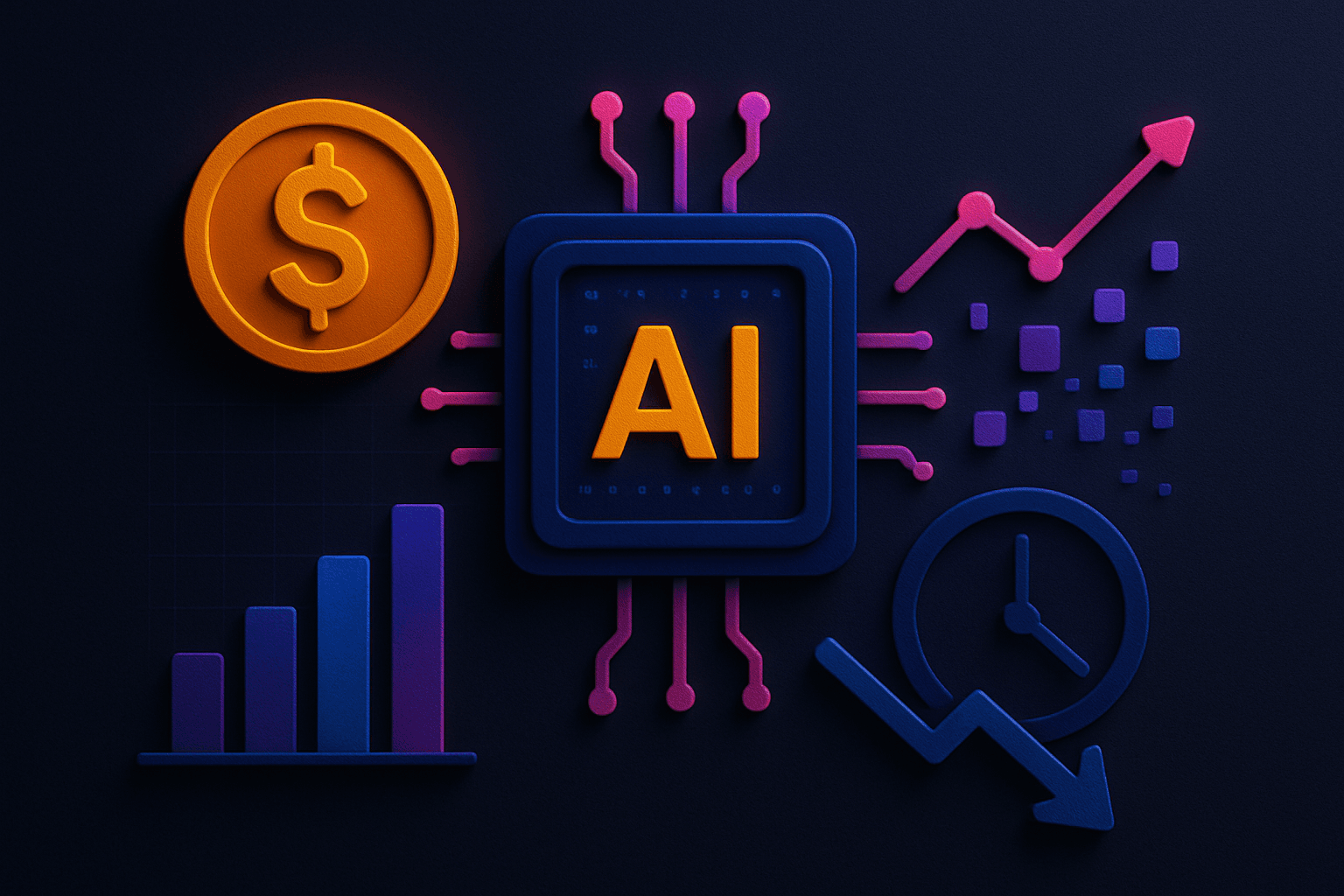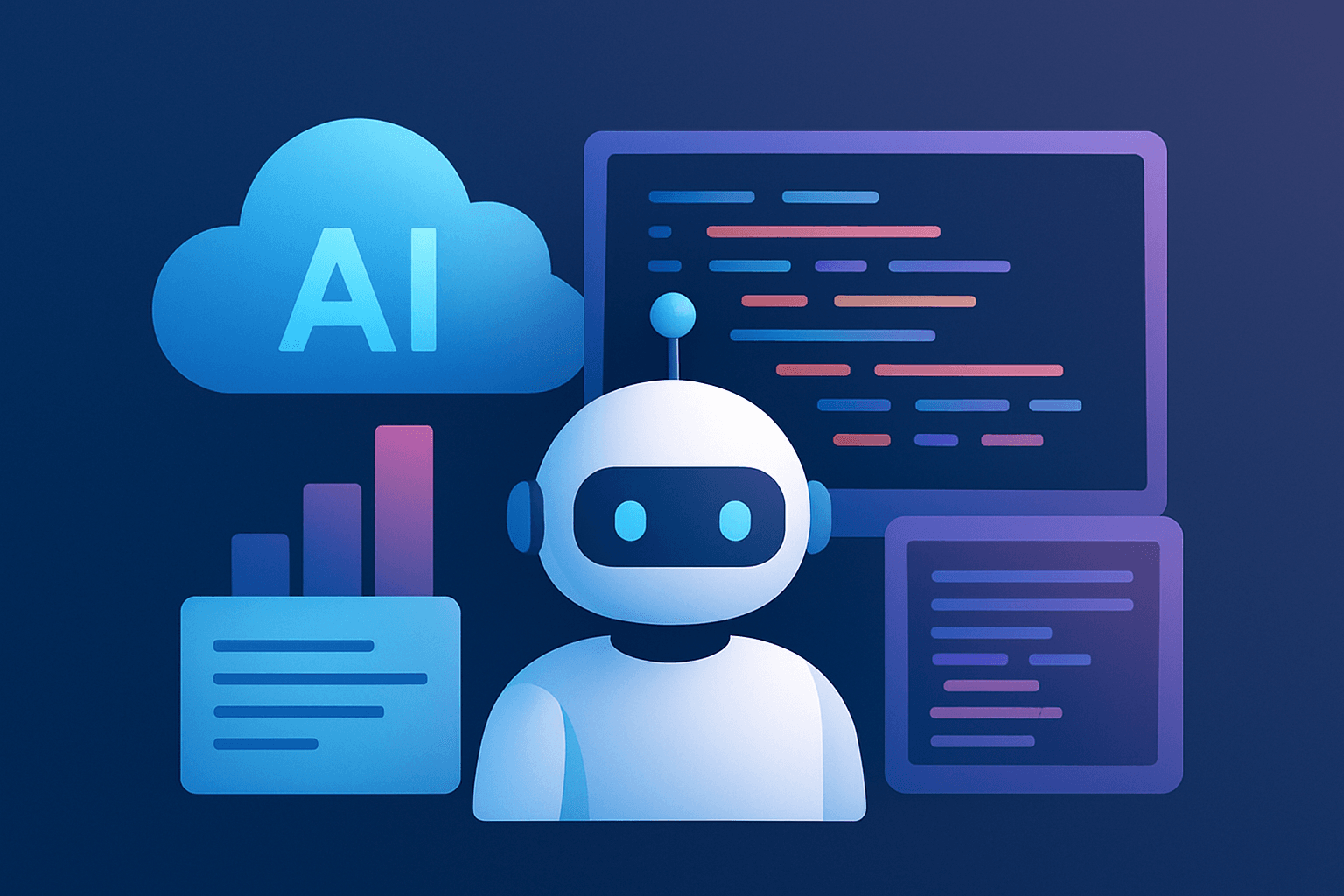Material segmentation is a very integral part of today's business world. It is because this technology helps to segregate indoor and outdoor scene parsing. Neural networks are implemented in almost every organization nowadays. With the existence of neural networks, the material segmentation dataset for indoor and outdoor scene passing also exists.
As a means of technology and computer vision, material segmentation enhances the cognitive ability to manage, analyze and develop datasets. To perform this, you must have a scientific brain that understands material recognition on the basis of which segmentation will follow. Machine Learning based material segmentation helps you to assess some prime evolution.
What is Material Segmentation?
Material segmentation is a very important algorithm that is responsible for assigning a name or material identification to each pixel. Such identification of each pixel separately is called material segmentation. If you do not perform material segmentation then it may give you unsatisfying results by underperforming with the existing dataset. Generally, an assignment is called 'dense' when it has more than 3 million pixels. Hence, it is a large-scale dataset and material segmentation works white effectively in such a dataset.
A 'dense' dataset has thousands of images both indoor and outdoor. It has more than 20 times more segments than any other existing data. A dataset where material segmentation has been implemented covers very diverse materials, objects, viewpoints, etc. Also, it contains more skin types (in the case of a dataset) than the traditional approach towards it. Material segmentation sets a benchmark for categorizing indoor and outdoor scene parsing.
Data Collection in Material Segmentation
Data collection is a very important feature in material segmentation datasets. Without the data, there can be no further process. Data collection involves the following features:
- Material labels: A predefined level is assigned to every data set so that it encourages annotators to create labels that are suitable and inconsistent with Machine Learning.
- Image selection: A set of material labels that is balanced can achieve much more accuracy than an unbalanced material dataset. For that, you must select an image that goes with the algorithm of the dataset.
- Instances and segmentation: The annotators perform polygon segmentation of the whole image. The parts are segmented larger than a fingertip, trained to ignore gaps and ignore shadow boundaries.
- Labeling: On the basis of the instructions by the person managing such datasets and by seeing the pattern, the labeling is done. It is always better when an object is coated with another layer. It is better for clarification.
- Label fusion: The segment of each annotator is essential so that a label map can be created. The label maps are used to fix the incorrect labels and also to create correlations.
Therefore, these are the essential features that are always associated with material segmentation datasets. All these differ in cases of indoor and outdoor scene parsing because the requirement for indoor will be much less than that of outdoor. It is a very important process and it is no smart thing to avoid it. It will help you or any organization for that matter to be more effective in managing the datasets with the help of material segmentation.









